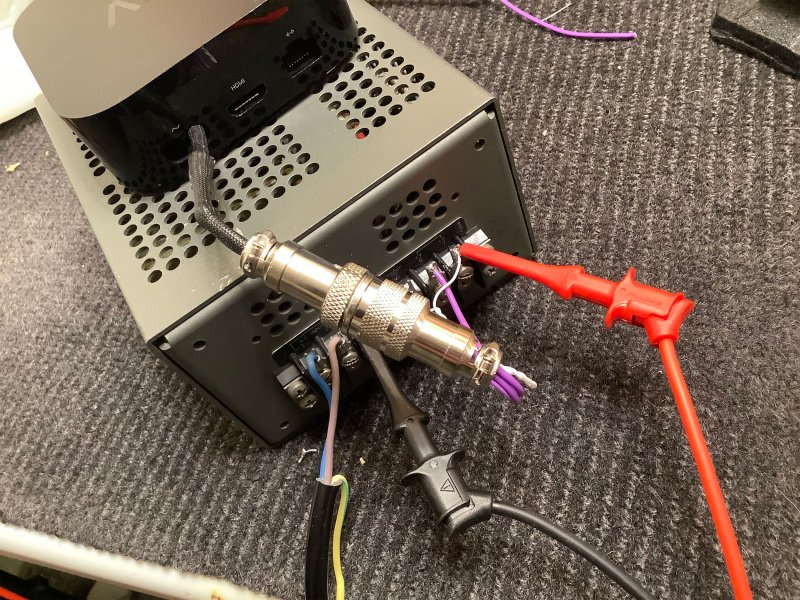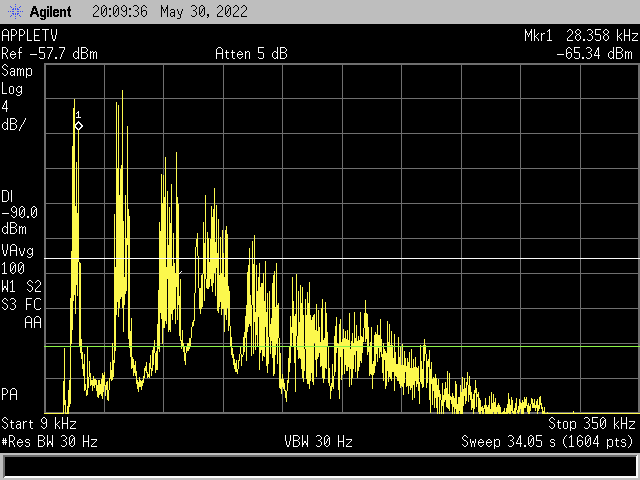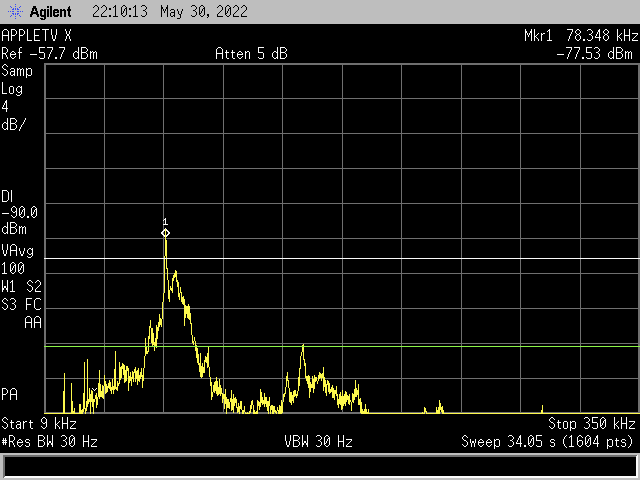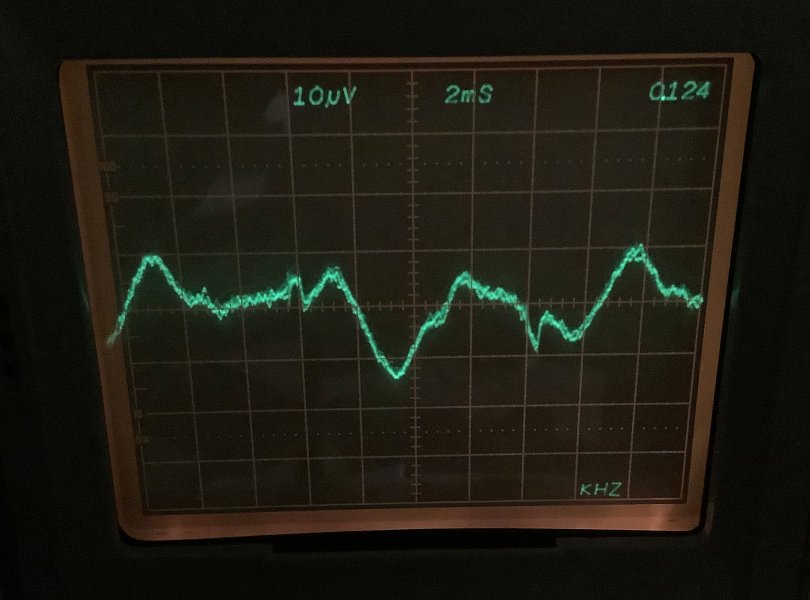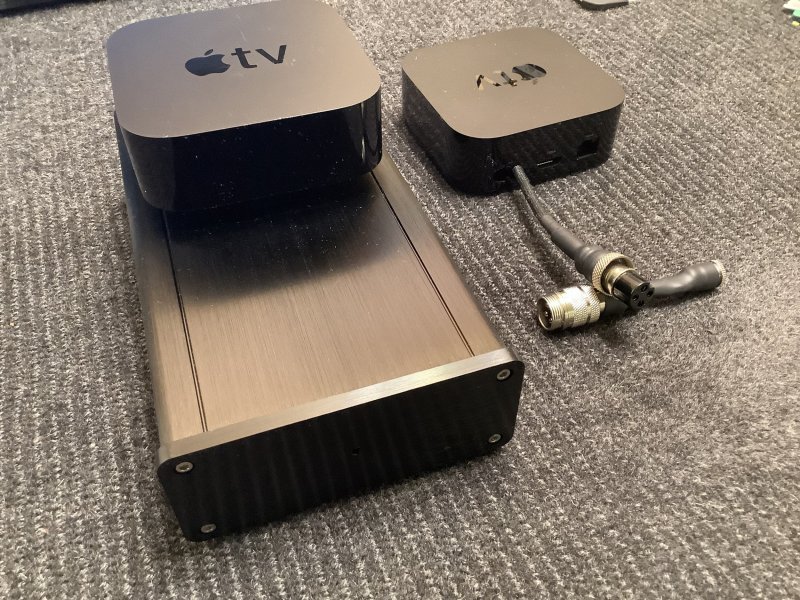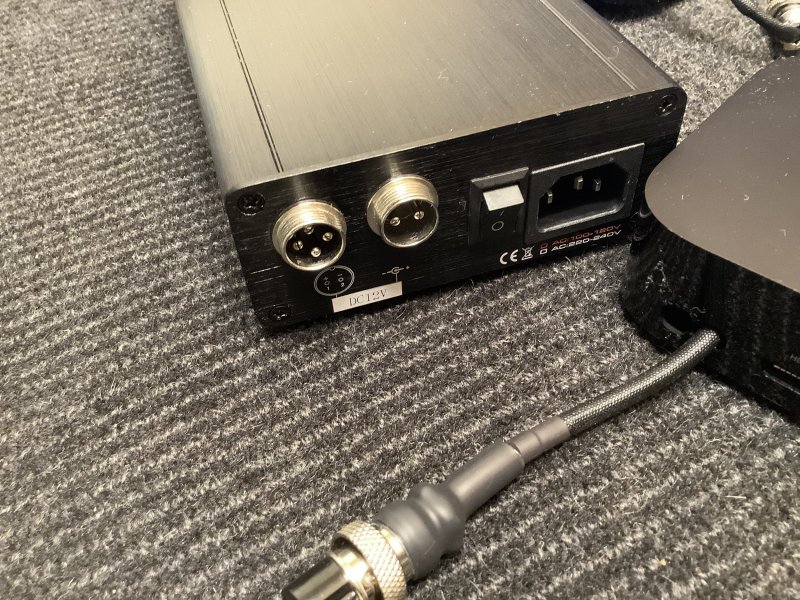Hey good job there! I can concur that working with the power supply on these media streamers makes a significant difference. I don't do Apple, though I have thought of trying one recently. I use an Nvidia Shield with some power supply and rf reduction tweaks. I also have major power treatment on my system that improves it and the results from my tv.
You haven't done anything to improve stereo output with it? Assuming that you would still need an optical output either from the TV, or with an hdmi audio converter (barring the use of a very expensive pre processor).
I run a glass toslink from my TV to a Beringer DEQX, where I have developed a number of EQs to suit my tastes for different video player apps and streaming. Then to my May KTE dac (which does an excellent job of cleaning up Toslink).
Your price is beyond what I would spend on my video input though, justified as it appears to be.
Curious why you didn't rehouse the electronics in a bigger chassis, with the potential for even less interference?
The SQ coming from it doing pure 2 channel from sources like a audio file server, iTunes, Tidal or even youtube music vids is off the hook compared to a stock unit. Sound quality was the main goal. I have some reviews coming out that discuss this vast improvement in SQ.
Just today I was over at someones home who is a new owner and we were just stunned at the SQ. YES the ATVX shocks me too. The imaging was amazing, big wide deep and very defined. Delineation of instruments was amazing. It was highly detailed with amazing textures for everything. It was fast, but not bright. VERY natural. Its presence was remarkable.
I have 2 clients who are using it as their prime music streaming device. They use various devices to get the HDMI over to SPDIF/Optical and then feed that to high end DACs. They use a high quality networking switch. One is using a SoTM and a external clock. They are using high end cables for HDMI, power and ethernet.
There is a hidden setting. Apps > Music > Quality>Lossless.. It does not come default lossless. I believe this applies to music played via the music app.
There is a weird way to make it into a roon device. It can even control roon. I have not tried this.
Using the ATVX as a high end music streamer could be a whole different interesting angle to explore. I would have never imagined a HDMI device could produce high quality sound, but, I have now heard 3 different clients systems doing this and it was fairly shocking. Is it a Taiko / Wadex ? of course not, BUT its a LOT better then anything I would have imagined.
There is a reviewer who is playing with high end ethernet switches and will discuss it in a review.
Curious why you didn't rehouse the electronics in a bigger chassis, with the potential for even less interference?
The ATVX is a nearly perfect RF enclosure with RF tight gaskets and 1/4" solid metal blocks for RF shielding. Its a nearly perfect enclosure

A lot of the work I make public is covered in this page. There is a bunch of secret sauce i don't make public tho too. See link below.



